5 Unusual Objects Connected to the Internet of Things
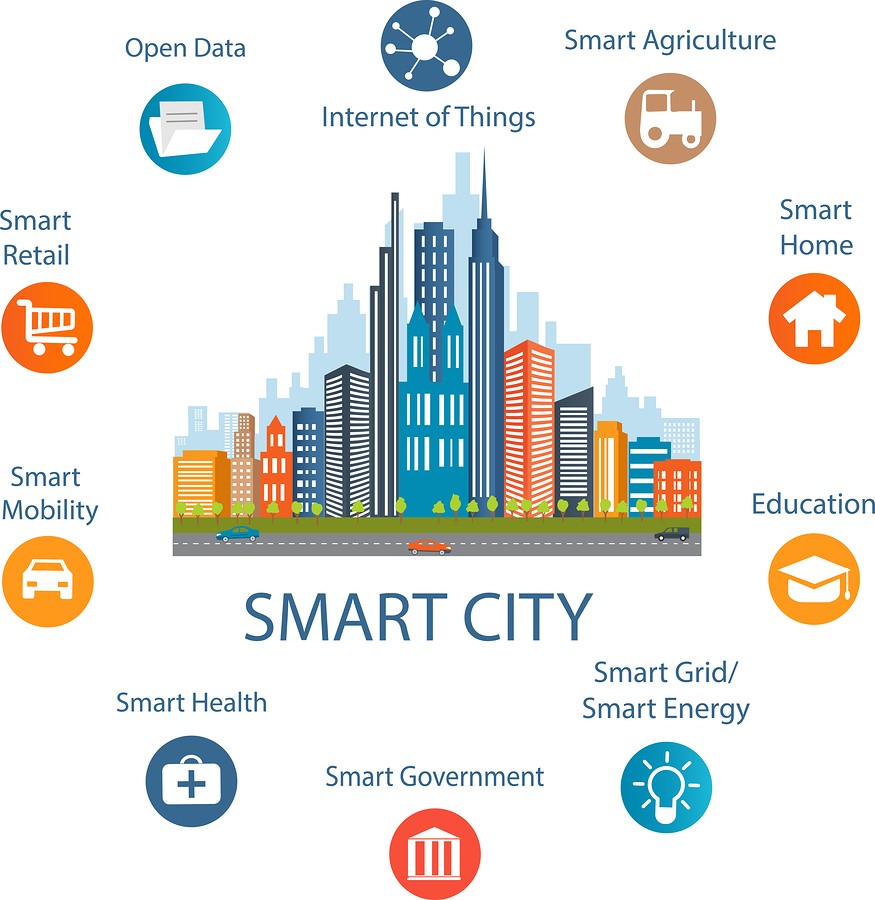
The high-volume device network known as the internet of things (IoT) includes a growing number of internet connected devices. While The growing many of these devices obviously work much better online – laptops, smartphones, and televisions, for example – the benefit of other connected devices is less obvious.
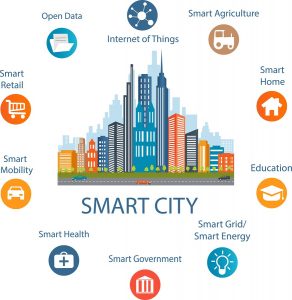
Theoretically, almost any object would be more useful and more convenient if connected to the internet. In the IoT, devices exchange data constantly. This makes it possible for people to locate, monitor, control, and automate their belongings more efficiently than ever before. It also makes it possible to do all these things remotely, from thousands of miles away if necessary.

Rural internet users have, perhaps, the most to gain from the IoT. Because physical distance is more of an issue in rural than in urban or suburban areas, rural dwellers have a greater need to connect with their work places, homes, families, and friends from afar.
While, particularly for rural dwellers, the IoT is in its early stages, innovators have begun connecting a wide range of objects to the IoT including watches (of course), sports gear, and pet equipment. Here are five of the more unusual objects in the IoT:
1. The Wüf Smart Dog Collar is an invisible lease that keeps tabs on your pup’s location and notifies you when he or she strays too far. It also monitors his or her activity and includes a two way speaker, so you can give commands to your dog remotely. The collar is still only available to pre-order ($160), so consumers have not yet independently evaluated the design. In general, however, smart dog collars are something IoT innovators have been talking about for years and Wüf is one of the more buzzed about prototypes.
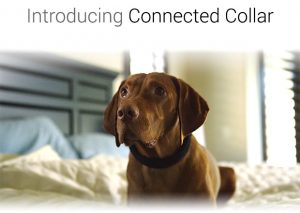
2. Bluesmart Luggage‘s sleek, sensible designs make a smart suitcase seem like a no-brainer. Designed for frequent flyers, Bluesmart suitcases include an automated lock, a jack to charge your mobile devices, a GPS location device, and a built in smart scale.
Bluesmart Luggage. The British company’s cutting-edge luggage is, predictably, pricey. Expect to shell out over $500 for one of Bluesmart’s designs. Depending on how often you fly, the convenience may or may not be worth it.
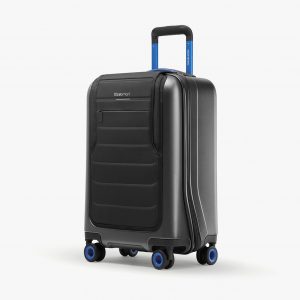
3. The Moocall Calving Sensor measures the contractions of a cow in labor, alerting you approximately one hour before the birth so you can assist. The noninvasive device attaches to the tail of a pregnant cow and lasts 30 days on a single charge. Agricultural innovators designed the product to prevent calf loses. The device is pricey (think $350 a piece), but so is losing a calf. Note that the device only works where there is a cellular signal.
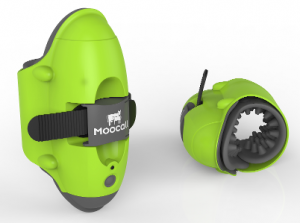
4. The Smart Brew testing kit helps you turn water into brew safely and effectively. Although the transition happens the old fashioned way even with Smart Brew, the kit lets you monitor the process from your phone so that you can intervene at the opportune times.
Smart Brew is a product of Industrial Test Systems, Inc., which sells a wide range of practical, American-made products. The basic kit costs around $300. The advanced kit costs $420.

5. Professional sports, including the NFL, are embracing wearable technology that protects the health and safety of athletes. The Shockbox Football Helmet Sensor is a comparably low tech, but also highly accessible, version of the technology NFL teams use to protect their athletes. The helmet sensor monitors impact so that medics can accurately access the risk of any collision.
Shockbox makes impact sensitive devices not only for football, but also for snow sports, horseback riding, hockey, and lacrosse helmets. The sensors cost $180 a piece.






